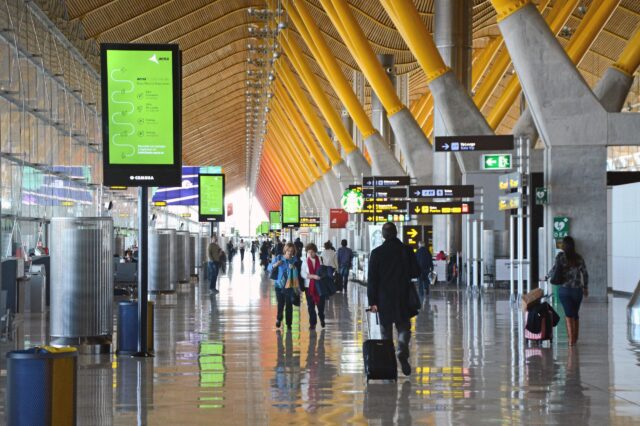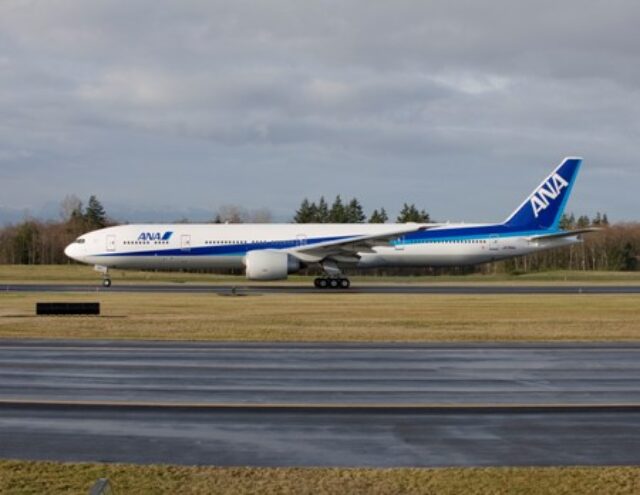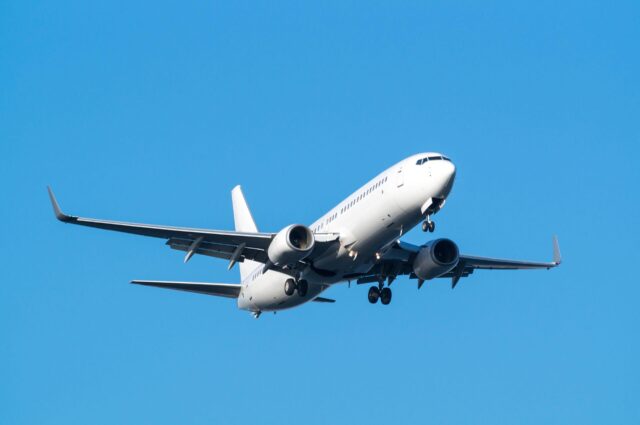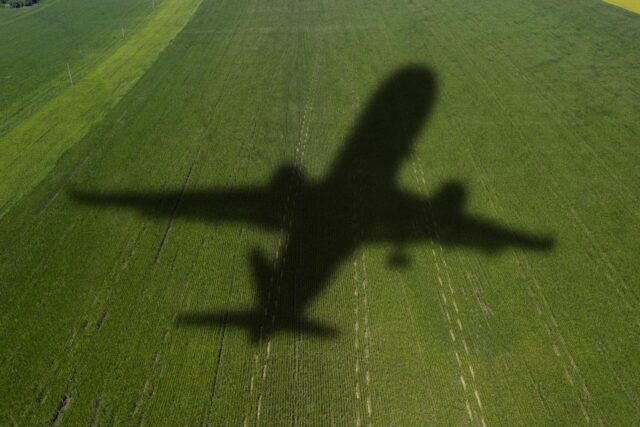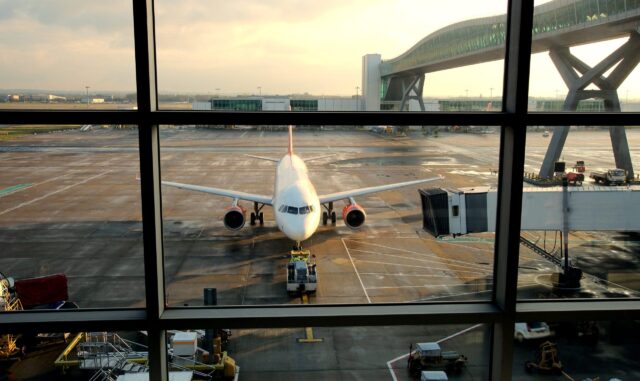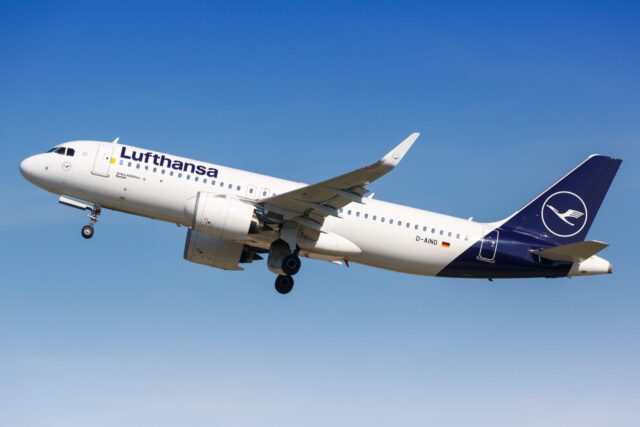Boeing could increase 737 MAX production from 38 a month this year
January 29, 2025

After highlighting “four areas critical to [Boeing’s] recovery” during the company’s previous earnings call, including “stabilising the business,” CEO Kelly Ortberg has elaborated that Boeing is “making steady progress in all four areas” as the new year begins – with a potential production ramp-up of the MAX on the cards for later in 2025. Having reduced its rework inventory from 60 to 55 737 MAX 8s within Q4, Boeing also intends to shut down its ‘shadow factory’ mid-year and deliver all remaining aircraft to customers within the year.
With Boeing’s commercial team having executed a “methodical plan to restart [its] factories within the framework of [its] safety management system” in the wake of the IAM work stoppage, “we took time to rebalance the production line, so that when we started up [in December 2024], we did so with a healthy production system,” explained Ortberg.
Boeing currently has sufficient parts inventory to enable production of 38 737 MAX units a month, with all three of the production lines in Renton now cycling, and monthly production “already in the low to mid-20s for January”. Initially, Boeing will be looking to reach the currently-capped rate 38, using six key performance indicators to “show stability”; only then will it request a rate increase from the FAA.
The FAA capped 737 production rate at 38 units back in January 2023 following the in-flight blow-out of an Alaska Airlines 737 MAX 9 door plug.
Having completed a safety management meeting with the FAA within the last quarter, Boeing and the regulator have also “agreed upon [a] path for rate increase beyond 38 a month;” something Ortberg says remains anchored on “adhering to [Boeing’s] safety management system and a stable factory”. He elaborated that although it’s “early innings” on the production ramp, early signs are “encouraging,” with “the best news… that [Boeing’s] customers are reporting that they are encouraged with what they are seeing, as they monitor our production”.
Managing and mitigating supply chain constraints will remain crucial to any rate increase, with Boeing stating that as it works across the supply chain and its sub-tiers “to ensure readiness and stability with [its] production rates,” notably, “suppler part across all of [its] commercial programmes are within their established control limits”.
Additionally, Ortberg elaborated that Spirit Aerosystems has “done a great job of improving the overall performance and the quality of the fuselages” during last year’s strike, something set to “help flow through the factory”.
In December 2024, previous FAA administrator Mike Whitaker had highlighted that although “Boeing is working to make progress executing its comprehensive plan in the areas of safety, quality improvement and effective employee engagement and training,” he cautioned that this is “not a one-year project”.
Boeing Commercial Airplanes delivered just 57 units in Q4 2024, of which 36 were 737s (including a step-up to 18 in December). As of 27 January, Boeing has delivered 33 aircraft in total so far this month. However, CFO and executive vice president of finance Brian West cautioned he believes it’s “a little too early” to put out formal guidance for 2025 737 delivery totals. “March is likely to be better than February as we begin to get more predictability,” he ventured, concluding that “2025, in some ways, could look like 2023, maybe a bit better, if things go our way”.




